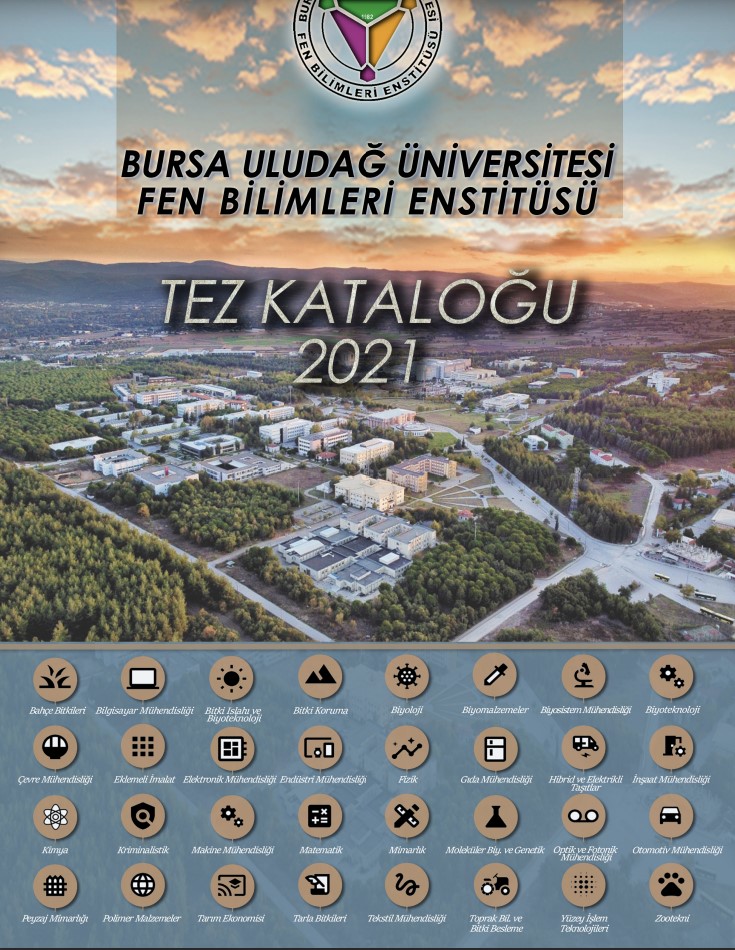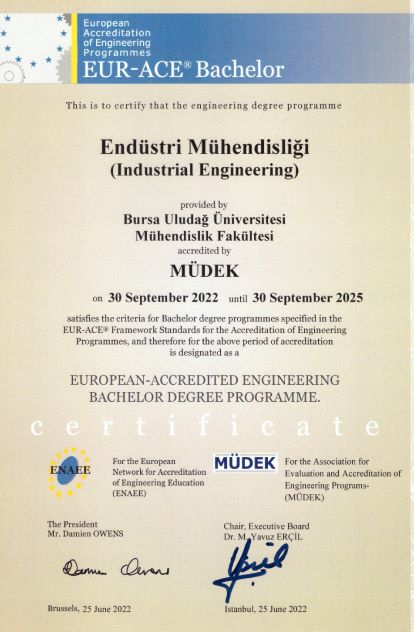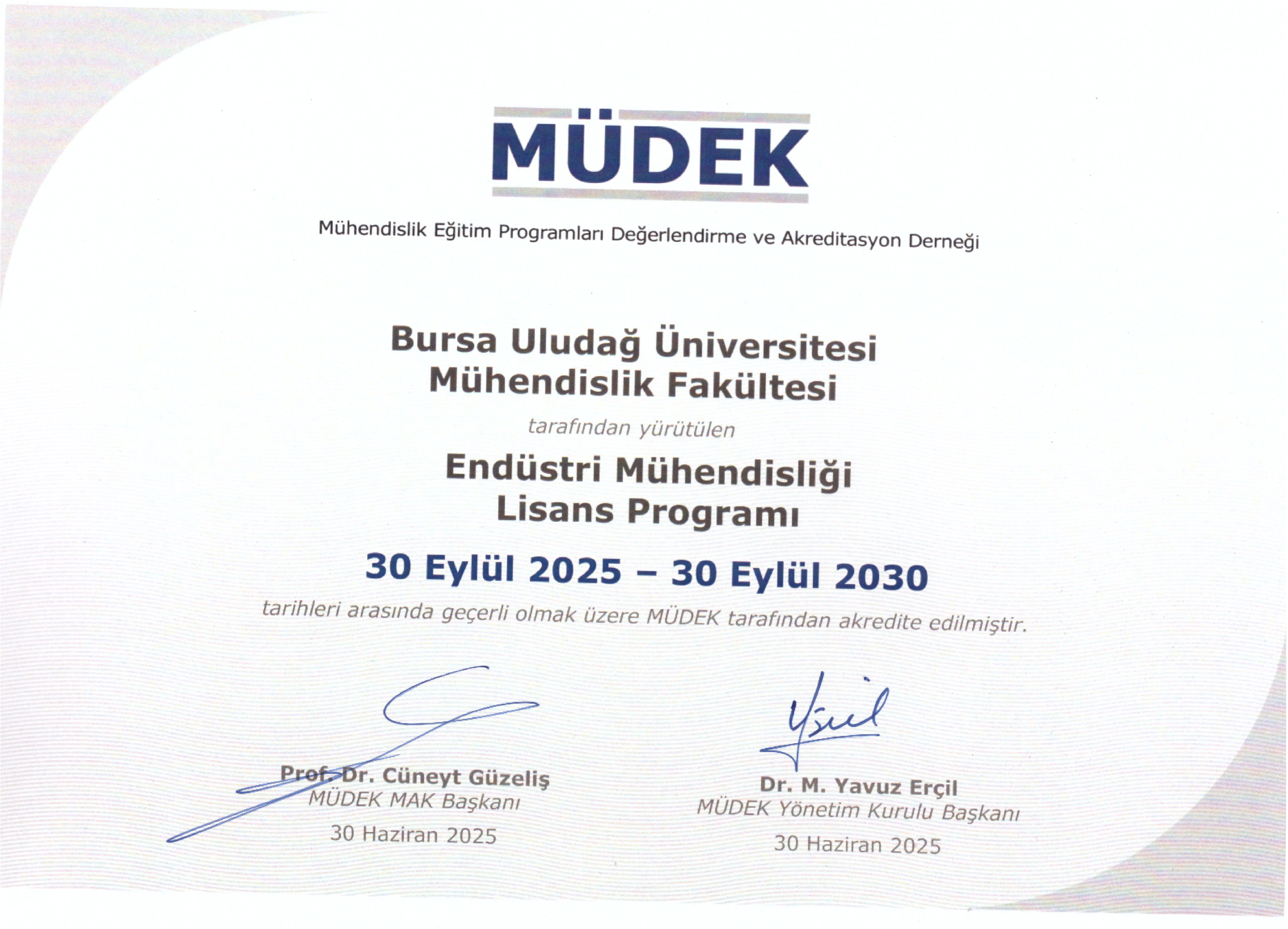Colleges and universities would be better served by focusing on the other half of strategic planning: the strategy
by Peter Eckel and Cathy Trower
Certainly, strategic plans are important to academic institutions. Colleges and universities invest a tremendous amount of time and effort (holding many meetings with various constituent groups on and off campus to gain input) -- and sometimes also money (for consultants) -- in their strategic plans. Once finished, there is great fanfare and publicity, often around the plan’s creative name and new, bold priorities. Plans appear in highly visible places on websites. Institutions hold retreats, often over many days, to talk about plan implementation and progress. They design and put in place new data systems to track progress and create elaborate metrics and key performance indicators. And all the while, those who lead the planning process can be heard saying, “This plan will not sit on the shelf (this time).”
Yet despite all this investment of time and resources, few strategic plans enjoy strong consensus that they are meaningful and have a real impact on the trajectory of the college or university.
Too often strategic plans fall short of serving as a guiding light for the future. Some are triumphs of form (or wordsmithing) over substance. Their key points often are expected, and they share much in common with those of similar, but also dissimilar, institutions. “Educate students for the global 21st century,” anyone? How about “Produce cutting-edge research?”
So if the results are less than impactful, then why do we invest so much in strategic planning? Trustees and faculty members wonder what all the fuss was about, why the process was so time-consuming and arduous and why, in the end, the work seems to have had so little real impact.
The solution, tried and tried again, on most campuses is to improve planning efforts to create better strategic plans. Involve more people, develop new metrics, hire different consultants, have leaders say earlier in the process that “this plan will not sit on the shelf.” But what if improving planning is the wrong focus? Maybe institutions would be better served by focusing on the other half of strategic planning: the strategy.
Why Strategy, Not Planning
A concentration on strategy might help institutions operate more efficiently, make smarter choices among competing priorities and set the course for a sustainable future. During a recent workshop on strategy (and not planning), the following exchange occurred between an experienced administrator and one of us. “I’ve been involved in three different strategic planning efforts at my institution. And with each one we get better,” she said. “Great,” we said, “but better at what? Better as an institution or better at planning?” Her reply, sheepishly: “Ah, better at planning.”
As she realized during this exchange, the real objective shouldn’t be to improve planning, but rather to improve the institution and position it for success in the long run. Given the demands on campuses and the complexities that academic leaders face, might institutions be better served by looking at the future through some new lenses rather than reinvesting in yet another round of similar work? Thus, we have the title of this essay (which is an intentional overstatement, as we will explain below).
Strategy, as a concept, sits between mission and operational plans. And historically in higher education, it has been overlooked in conversations about each. An institutional mission statement says why a college or university exists; it’s the purpose. The better ones convey particular actions with respect to target audiences, as well as articulate outcomes. Strategy is the pathway to deliver on that mission. It is the game plan that contains answers to key questions, such as in what arenas will you engage (undergraduate, graduate; health care, humanities; liberal arts, professional; local, national, global; adult, traditional age, etc.) and how will you succeed? Operations are the steps to implement strategy and therefore deliver on the mission. Too many university strategic plans are mostly outcomes or ideals (or unfunded “wish lists”), without an articulation of strategy.
Strategy has numerous definitions, and those people who work on strategy in other settings like health care or the corporate sector often disagree on its meaning. But what is clear across many competing definitions is that strategy: 1) is the link between mission and the realities of the external, competitive marketplace, 2) is about choices associated with organizational direction and 3) differs from operations. The problem with many college and university strategic plans is that they do not articulate choices; they are internally, not externally focused, and are muddied by operations. While important operational priorities are frequently advanced in traditional strategic plans -- such as creating a financially sustainable business model, leveraging technology or growing enrollments -- they are not strategy. Strategy is the purpose for which you will be taking these operational steps. Operations address how to do things right, whereas strategy is about the right things to do.
Articulating the right things to do is difficult work. Roger Martin, former dean of the business school at the University of Toronto, has a wonderful test about plans versus strategy. He argues that you do not have an effective strategy if you and your competitors are doing the same things. Strategy exists if some competitors choose different, if not opposite, paths. Therefore, if the opposite of your strategic choices looks stupid, then all competitors are going to have pretty much the same strategy as you, doing you little good.
For example, the opposite of “performing high-impact research”? Perform low-impact research. The opposite of “provide all students with a transformational learning experience”? Provide some students with a transformative experience or provide all students with a less than transformative experience. While each opposite may occur in practice, rarely are they stated as institutional goals. How well do the strategic choices in your institution’s plan pass this opposites test? (Most do not, but they generate a pretty good laugh.)
Furthermore, we in higher education seem quite enamored with five-year plans. Yet unlike operational priorities, strategy is not time bound. Most strategic plans tend to adopt an artificial focus of five years (the bold ones aim for 10 years or more). What is magical about 60 months? Why should time matter more than other variables that might define strategy and its direction? (For some, the answer is simply five years of reprieve before they have to go through the planning process again.)
The environment for most universities is volatile and variable, not static and predicable; it is challenge dependent and not time dependent. Yet, most plans are time bound. Therefore, institutions either: 1) revise their plans and priorities as the world evolves during that five-year window or 2) ignore some (or most) of what is in their plans as they respond to new challenges and pursue emergent opportunities. It’s also common to hear someone say, “Culture eats strategy for lunch (or breakfast),” which is fine. But the more substantive the strategy meal, the better, yes?
The result for most institutions is that faculty members, administrators, trustees, alumni and others spend a lot of time and energy developing documents that give incomplete directions. As the roads and conditions keep changing, colleges and universities may be better served by keeping an eye on the horizon rather than trying to follow turn-by-turn signs. Think compass, not map.
What might happen if rather than developing and arguing over objectives, goals, timelines and key performance indicators, administrators, faculty members and trustees spent the time framing and asking a limited number of strategy-related questions? And once answering those, developing a series of operational plans to deliver on strategy, such as linking budgets with priorities for the next two years? Separate products to serve distinct purposes.
A caveat: strategy questions, as the right-things-to-do questions, are difficult to frame and to frame well. If strategy were easy, every organization would have a well-articulated and impactful one.
New Approaches, Different Questions, Novel Outcomes
Strategy as a field may have a lot to offer colleges and universities. Drawing again on the work of a range of strategy thinkers, examples of potentially impactful questions include:
- What key objectives will best ensure that we fulfill our mission in the foreseeable future?
- Who are our key audiences and how are their needs and aspirations changing?
- How is the environment evolving and what does that mean for our competitive advantage?
- Who are our competitors -- both traditional and nontraditional -- and in what ways are they competing differently? How might we respond?
- What do we not do or consider not doing? What are the boundaries of our efforts? What criteria is used to demarcate what is inside and outside those boundaries?
In the end, as Martin and his colleagues suggest, strategy is fundamentally about answering two key questions: 1) Where to play and 2) how to succeed. How well do higher education strategic plans provide answers to those deceptively simple questions?
Strategy Meets Shared Governance
Strategy is set and advanced by a collaborative effort. It is not the sole undertaking of faculty members, administrators or the board. The strategy that is pursued comes through collective and intentional efforts as well as through emergent activities by colleges, departments and even individual faculty members. Strategy is what we say we will do, but it also is about the cumulative effect of what we have done.
For intentional strategy formation, involving key stakeholders is important, if not essential. Strategy is a primary example of that “inescapable interdependence” the AAUP’s 1966 Statement on Government artfully framed over 50 years ago. Framing the right questions can help craft strategy, as those questions can energize the collective will and creative good thinking across campus that is needed to address today’s pressing challenges.
For example, the University of Vermont’s College of Education and Social Services brought together faculty members, administrators and staff members to articulate its strategy. That included adopting a system to address problems in education, human development, counseling and social work; focusing on the people, places and history of Vermont (the Vermont Distinction); and prioritizing its impact on a diverse, globalized society. Those elements answer the college’s “where to play” question.
But other strategy emerges from the work on campuses, particularly among the faculty. Institutions should recognize that strategy can be created from consistencies and synergies across efforts, and need not always come from a formal strategy-development process. At the University of Pennsylvania’s Graduate School of Education, the suite of executive programs is a key strategy. They were not created through a committee or market analysis. Rather, they came about because a few savvy faculty members saw the need to offer a doctoral program in a new format in higher education management (the where-to-play decision). Once the program in higher education took root, others saw the potential for similarly structured programs in school administration, education entrepreneurship, medical education and for chief learning officers. Now they matter a good deal to the institution.
To conclude, the title of this essay is a gross overstatement. Institutions still need plans. They need plans to operationalize their strategies. A strategy without a plan may simply be a wish.
But plans are not strategies. Institutions would be better served to first start by articulating statements of strategy and then creating operational plans to deliver on those statements (see the University of Vermont’s College of Education and Social Services pathways in its planning document). These operational plans can decouple operations from strategy, develop a short-term (12- to 18-month) road map, and ensure greater agility and responsiveness as needs arise and conditions change.
As we have said here, strategy is not planning. A focus on strategy is intended to help institutions experiment and take initiative, to ask questions and create synergies, and to move institutions ahead in often unknown and unknowable environments. By framing different types of conversations as part of strategic planning efforts, our hope is that we can generate different, and more beneficial, outcomes from those processes.














